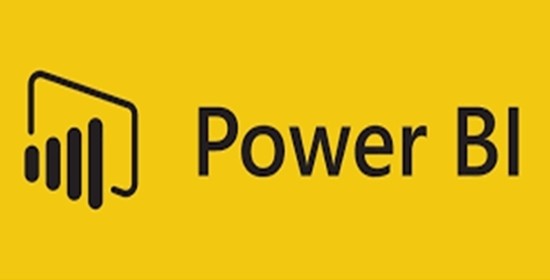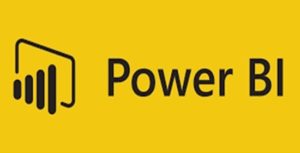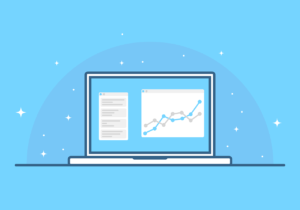The article was written by Yuval Marnin.
For data analyst freelance services contact me at mail yuval.marnin@gmail.com.
Introduction
In 2011 Microsoft entered the Self Service bi market with a new tool called Power BI. The purpose of the tool is to analyse business data and create KPI reports.
Over the years the tool has evolved and updated and today it is used by a large number of analysts, BI teams and managers who want to better understand the data in their company.
The following post describes the pros and cons of the Power BI tool. I admit I like working with the tool but will try to be as objective as possible.
Pros of Power BI
Ease of use
The notable advantage of Power BI is the ease of use with the tool. As in the Powerpoint presentation you can easily design graphs and visualizations, connect them to the data model and produce beautiful and clear reports. Power BI’s ease of use allows for a fast learning curve and lets you focus on data analysis. In addition, since Power BI is a major tool in the market today, there are a large number of analysts who have worked with it and do not need any special training.
Up-to-dateness and innovation
The Power BI development team releases a monthly tool update. Along with the update also comes a blog post with a YouTube video outlining the changes that were made this month. The tool’s development team keeps track of users’ requests and comments and updates the tool accordingly.
Price
The entry price of the Power BI is very very low. How low? In fact it does not exist. In the most basic configuration you can download the desktop version and use it for free. On the desktop version it is also not necessary to upload the data to the Microsoft cloud.
If you want to use the cloud and have a better viewing interface, you can purchase a ‘Pro license’ for 10$ per month per user. In contrast, for large organizations that want to embed the tool in their internal cloud systems the price will be much higher. I will detail this later.
Built in AI tools that are easy to use
In addition to the basic graphs for Power BI there are also very advanced tools for data analysis. Some of the tools also use Machine learning and AI algorithms and anyone can use them easily even without being a data scientist or understanding in the field. For example, one of these tools is called Key influencers and it can find which variables have a significant effect on a tested variable.
Also, Power BI supports a mechanism called RLS. This mechanism allows the creation of a single generic report for all customers (or departments in the organization) and can be updated depending on the user who sees it.
Visualizations Store
The Power BI website also has a store where you can add visualizations (graphs and tools) that do not appear in the basic version. Some items are free and some can be purchased.
The visualizations in the store are also a disadvantage of the tool (I will elaborate on that issue in the next section).
Cons of Power BI
High price for enterprise scale
As we have seen in the benefits section, the entry price of the tool is low when choosing to work in a Microsoft cloud, but if the organization wants to embed the tool in its internal systems the entry price is much higher and stands at 4,955$ per month.
There are big organizations that will make intensive use of the tool and the price will pay off, but if a small department in the organization wants to use the tool for analytical uses (for example, a small bank unit that can not get the data out of the organization) it will still have to pay $ 5,000 a month.
To many programming languages: M language and Dax language
Most BI tools have internal language and formulas to manipulate the variables. In Power BI for no apparent reason there are two languages. DAX language to perform manipulations and M language to create the data model.
Although it is not always necessary to use the M language and there are many inside tools that you may use and you don’t need to write or understand code in M language, those who want to specialize in the Power BI should master these two languages which are not similar to SQL which is the standard language in data analysis (as of 2021).
Lack of visualizations
Power BI has many sophisticated graphs and ways to analyze the data, and the developers of Power BI are also adding more visualizations frequently, but still, as of now, basic things are missing that other tools do have, for example visualization such as Sparklines or Box plot.
Although it is possible to add some of these visualizations with the help of the Power BI store, but in my opinion Microsoft should add them in the basic installation of the tool without the need to download from the store. In addition, some of the in-store visualizations are paid visualizations.
Lack of support for MAC computers
In summary
Power BI tool is a key tool in the world of Self Service BI. Its big advantages are the ease of use, simple yet powerful visualizations, beautiful dashboards and its low price. Its notable disadvantages are its high cost for companies that do not want to upload the data to Microsoft’s cloud, the use of two software languages to specialize in the tool and the lack of support in Mac computers.
For data analyst freelance services contact me at mail yuval.marnin@gmail.com.


